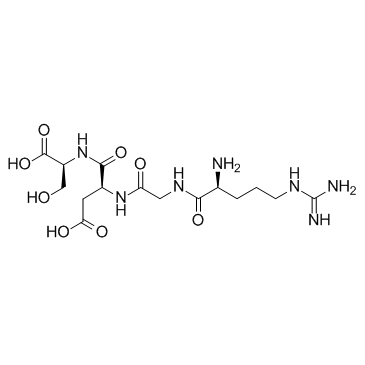Density gradient multilayered polymerization (DGMP): a novel technique for creating multi-compartment, customizable scaffolds for tissue engineering.
Shivanjali Joshi-Barr, Jerome V Karpiak, Yogesh Ner, Jessica H Wen, Adam J Engler, Adah Almutairi
Index: J. Vis. Exp. (72) , doi:10.3791/50018, (2013)
Full Text: HTML
Abstract
Complex tissue culture matrices, in which types and concentrations of biological stimuli (e.g. growth factors, inhibitors, or small molecules) or matrix structure (e.g. composition, concentration, or stiffness of the matrix) vary over space, would enable a wide range of investigations concerning how these variables affect cell differentiation, migration, and other phenomena. The major challenge in creating layered matrices is maintaining the structural integrity of layer interfaces without diffusion of individual components from each layer. Current methodologies to achieve this include photopatterning, lithography, sequential functionalization5, freeze drying, microfluidics, or centrifugation, many of which require sophisticated instrumentation and technical skills. Others rely on sequential attachment of individual layers, which may lead to delamination of layers. DGMP overcomes these issues by using an inert density modifier such as iodixanol to create layers of varying densities. Since the density modifier can be mixed with any prepolymer or bioactive molecule, DGMP allows each scaffold layer to be customized. Simply varying the concentration of the density modifier prevents mixing of adjacent layers while they remain aqueous. Subsequent single step polymerization gives rise to a structurally continuous multilayered scaffold, in which each layer has distinct chemical and mechanical properties. The density modifier can be easily removed with sufficient rinsing without perturbation of the individual layers or their components. This technique is therefore well suited for creating hydrogels of various sizes, shapes, and materials. A protocol for fabricating a 2D-polyethylene glycol (PEG) gel, in which alternating layers incorporate RGDS-350, is outlined below. We use PEG because it is biocompatible and inert. RGDS, a cell adhesion peptide, is used to demonstrate spatial restriction of a biological cue, and the conjugation of a fluorophore (Alexa Fluor 350) enables us to visually distinguish various layers. This procedure can be adapted for other materials (e.g. collagen, hyaluronan, etc.) and can be extended to fabricate 3D gels with some modifications.
Related Compounds
| Structure | Name/CAS No. | Molecular Formula | Articles |
|---|---|---|---|
 |
Arg-Gly-Asp-Ser
CAS:91037-65-9 |
C15H27N7O8 |
|
Oligodendrocytes Are Targets of HIV-1 Tat: NMDA and AMPA Rec...
2015-08-12 [J. Neurosci. 35 , 11384-98, (2015)] |
|
Emulating native periosteum cell population and subsequent p...
2015-06-01 [Biomaterials 52 , 426-40, (2015)] |
|
Cross-talk between transforming growth factor-β₁ and muscari...
2013-07-01 [Am. J. Respir. Cell. Mol. Biol. 49(1) , 18-27, (2013)] |
|
Improved Angiogenesis in Response to Localized Delivery of M...
2015-01-01 [PLoS ONE 10 , e0131643, (2015)] |
|
Agonism of Wnt-β-catenin signalling promotes mesenchymal ste...
2015-11-01 [J. Tissue Eng. Regen. Med. 9 , E13-26, (2015)] |